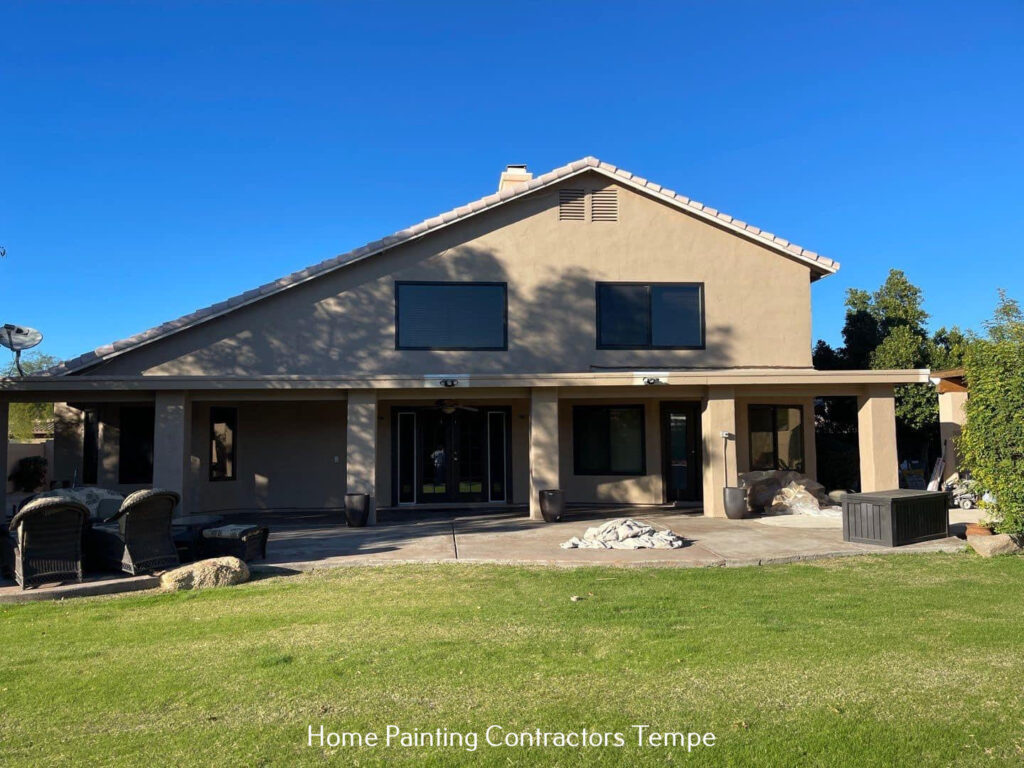Discovering Mesa, Arizona
Introduction
Mesa, Arizona, is a vibrant city located in the southeastern part of the Phoenix Metropolitan Area. Known for its rich cultural heritage, stunning natural landscapes, and thriving economy, Mesa is the third-largest city in Arizona. This article explores the city’s history, demographics, attractions, and economic significance. Learn information about Tempe, AZ.
History
Early Inhabitants and Founding
The area now known as Mesa has been inhabited for over 2,000 years. The Hohokam people, who lived in the region between AD 200 and 1450, were among the earliest settlers. They developed an extensive canal system, parts of which are still in use today. In 1878, Mormon pioneer Daniel Webster Jones led a group of settlers to the area, founding what would become Mesa. Discover facts about Guadalupe, Arizona: A Unique Blend of Cultures and Traditions.

Growth and Development
Mesa’s growth was spurred by agriculture, with early settlers using the Hohokam canals for irrigation. The city was officially incorporated in 1883. The arrival of the railroad in the early 20th century and the construction of Falcon Field and Williams Air Force Base during World War II further accelerated its growth.
Demographics
As of the 2020 Census, Mesa’s population was approximately 518,000, making it the 35th largest city in the United States. The city is known for its diverse population, with a mix of cultures contributing to its rich community fabric. The median age in Mesa is 36.4 years, and the city has a balanced gender distribution. The Hispanic or Latino population accounts for about 27% of residents, reflecting the area’s diverse heritage.
Attractions
Cultural and Historical Sites
Mesa is home to a variety of cultural and historical attractions. The Mesa Arts Center, the largest comprehensive arts campus in the state, offers theater productions, concerts, and art exhibitions. The Arizona Museum of Natural History provides insights into the region’s prehistoric past, featuring dinosaur exhibits and historical artifacts.
Outdoor Recreation
Mesa’s stunning natural surroundings provide ample opportunities for outdoor recreation. The Usery Mountain Regional Park offers hiking, camping, and wildlife viewing, while the Salt River is a popular spot for tubing, kayaking, and fishing. The nearby Superstition Mountains are famed for their scenic beauty and hiking trails.
Economy
Mesa’s economy is robust and diverse, with key industries including healthcare, education, aerospace, and tourism. The city is home to major employers like Banner Health, Boeing, and Mesa Public Schools. Mesa’s strategic location, with easy access to major highways and proximity to Phoenix Sky Harbor International Airport, makes it an attractive destination for businesses and residents alike.
Education and Innovation
Mesa boasts a strong educational infrastructure, including Mesa Community College and Arizona State University’s Polytechnic Campus. The city’s commitment to innovation is evident in its support for technology startups and advanced manufacturing, particularly in the Mesa Gateway Area, which serves as a hub for aerospace and aviation industries.
Conclusion
Mesa, Arizona, is a dynamic city that seamlessly blends its historical roots with modern growth and innovation. Its diverse population, rich cultural scene, and economic vitality make it a compelling place to live, work, and visit. Whether exploring its natural beauty, delving into its history, or participating in its thriving community life, Mesa offers something for everyone.

